Growing up in a family of educators and science enthusiasts, my childhood dreams led me to think about becoming a veterinarian, an engineer, or a scientist. I was fascinated with stories about natural phenomena and daydreamed about what was beyond the universe. My elementary years were marked by joining science quiz bees and other science-related activities. In high school, I earned my first scholarship grant, making me more diligent in my studies. My priorities and daily objectives centered on becoming more productive and honing my skills and talents. When I graduated, I bagged numerous awards in academic and extracurricular activities.
Inspired by my success in high school and my love for science, I pursued Bachelor of Science in Chemical Engineering at Batangas State University. My first two years in engineering, however, were difficult. Because of my performance, I shifted to Bachelor of Science in Environmental Science. As a scholar, my first educational failure put me in a tough position. Nonetheless, I did not lose hope and completed my college degree on time.
My first job as a waste analyst at the Provincial Government Environmental and Natural Resources Office (PG-ENRO) in Batangas City led me to realize that I wanted to teach science in a private school. I enrolled for professional units in education with a specialization in science and completed my teacher licensure in a year. I sharpened my research abilities and confidently taught chemistry.
During my stint as a science teacher in a private school, I guided students in scientific competitions including quiz bees and science investigatory projects (SIPs). I was also one of the pioneer teachers that helped us establish a special science and mathematics curriculum.
Then after nearly a decade, I decided to teach STEM in a public senior high school. Although the national government provides outstanding scientific laboratory facilities and supplies, shifting to teaching in public high school was challenging. Being exposed to polar educational cultures, I was motivated to pursue a Master's Degree in Chemistry at the Philippine Normal University (PNU-Manila).
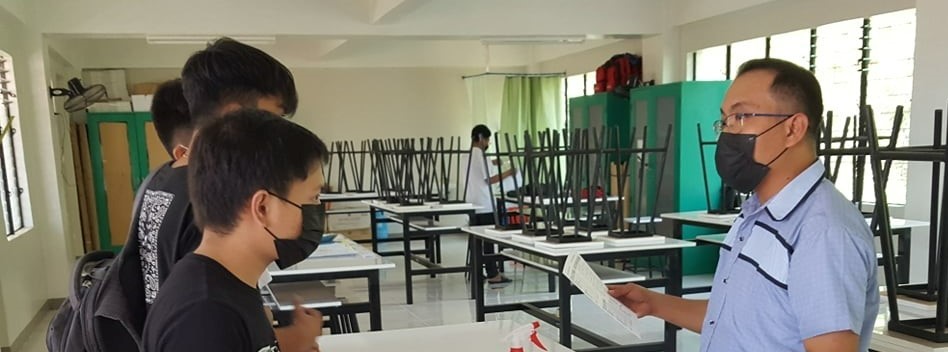
Pursuing STEM education
My perspective on STEM education was greatly affected when I transferred to public teaching. Students from different areas in my hometown enrolled in the STEM curriculum of our school. Due to their shallow grasp of the offerings of STEM, some students failed, while others dropped out. This made me want to establish myself as a teacher by enrolling in a master's degree program at a reputable university. I believed that if I could learn new teaching approaches, perhaps I could be one of the key players in helping STEM students to progress academically. I strived to be a good example to my students, and I could see that they were striving to become better as well. As part of my advocacy, I was compelled to look for possible scholarships for my students when they graduate from senior high school.
STEM education improves my ability to teach and prepares me to fill the gaps when subject competencies demand innovation using contextualized materials. For me, each STEM component plays a significant role in a well-rounded education. Science gives my students a comprehensive understanding of the world around them. It allows them to strengthen their research and critical-thinking skills.
Through STEM education, which I intensively learned from my university, I can train my students to use science and mathematics to review facts, reduce errors, and make informed decisions. This is crucial, particularly in our present situation. Issues on the pandemic, economics, and politics require much more knowledge—one that STEM education can provide. STEM education brings these different subjects together into a coherent framework. As a result, it further trains me as a professional who can improve society through innovation and long-term solutions.
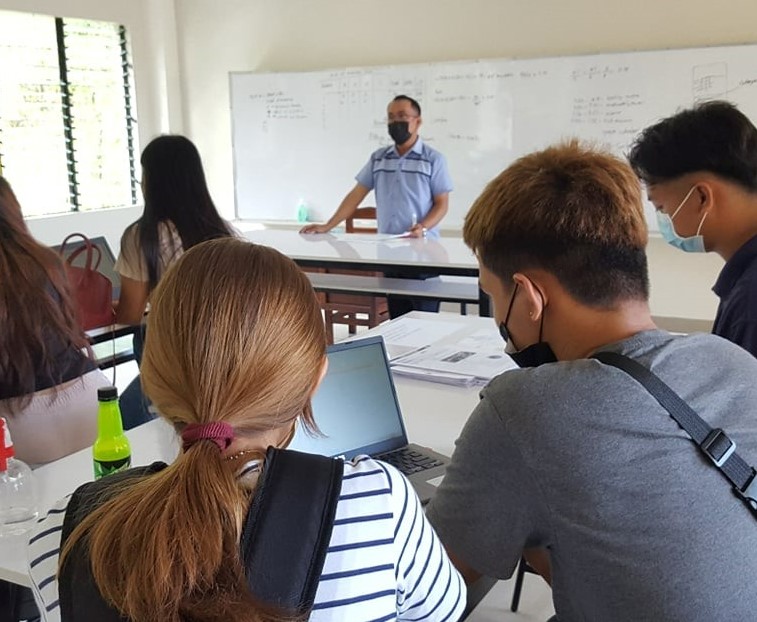
GBF TeachSTEM program, champion!
Each chapter of my two year-journey as a GBF TeachSTEM scholar has been life-changing. One of the most notable experiences for me was back in 2020, when Gokongwei Brothers Foundation provided gadgets and other learning devices to our school as part of the adopt-a-school initiative under Project Link-od, a partnership between Rosario National High School and the Gokongwei Brothers Foundation to facilitate distant learning.
My STEM students felt the love and support from an organization they were unfamiliar with. As result, some of my students aspire to become GBF scholars as well. Currently, most of our STEM students are eagerly awaiting news regarding the foundation's school-funded initiatives like Iskolar ni Juan and other STEM scholarships for undergraduate students.
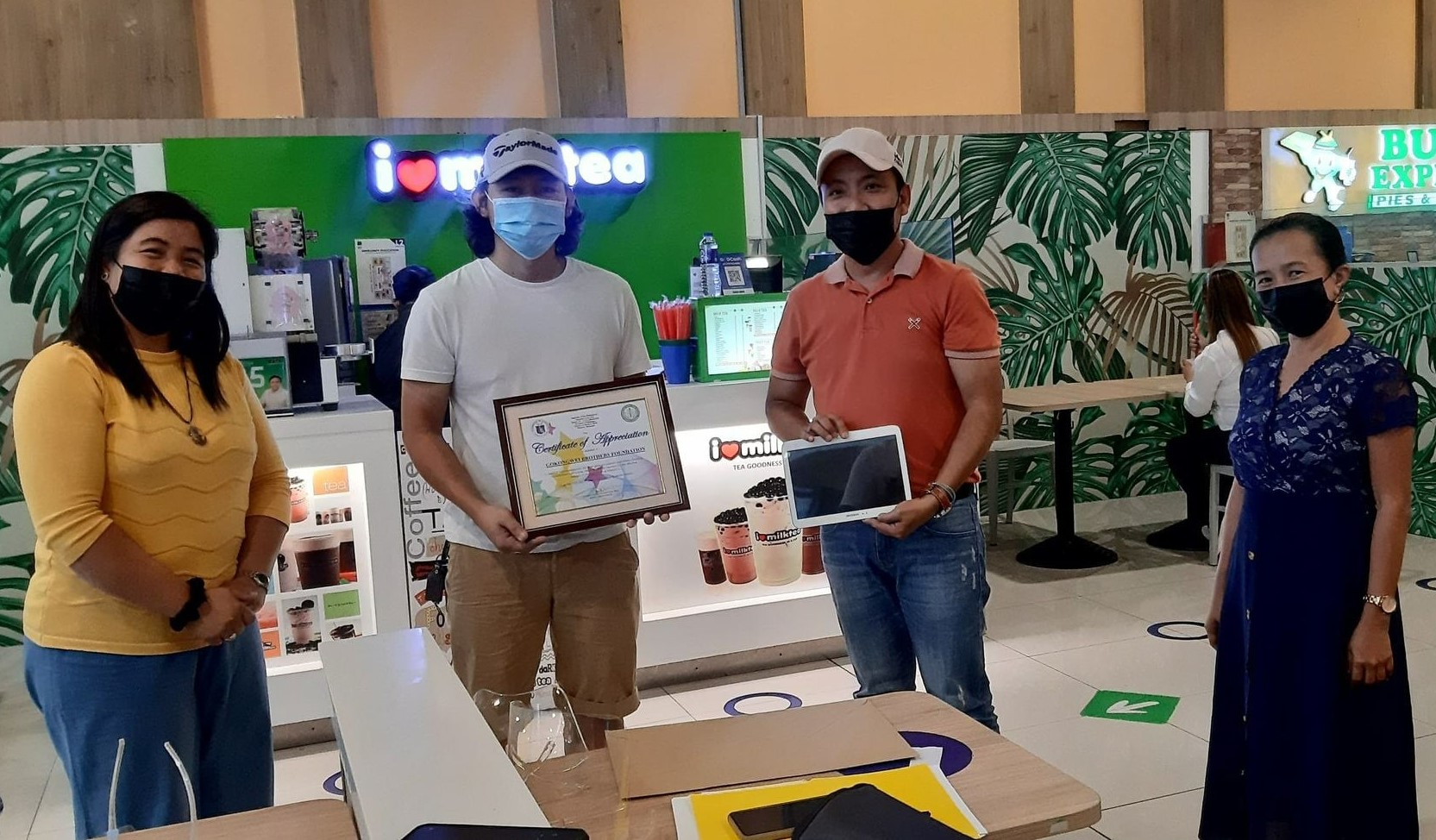
GBF regularly checks up on their scholars by holding regular kamustahan and planning sessions with the scholarship program managers and supervisors as well.
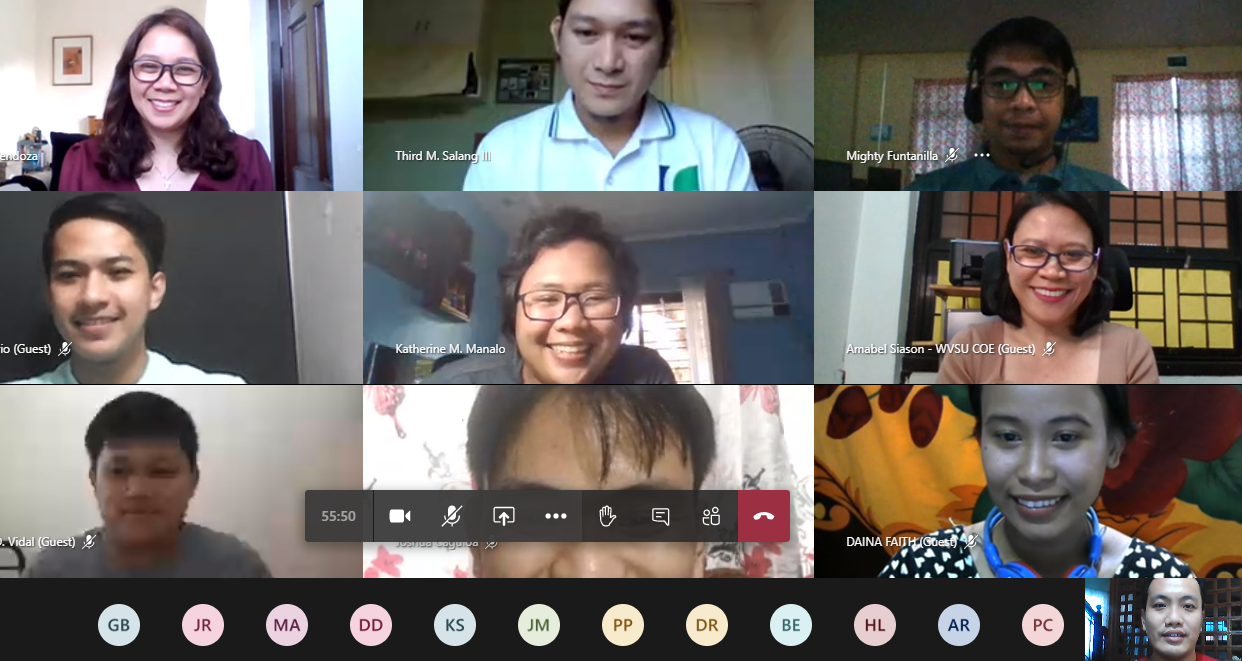
The Gokongwei Brothers Foundation also holds regular activities and engagements that involve us scholars and STEM educators. One of these is in partnership with the University of the Philippines National Institute for Science and Mathematics Education Development (UP NISMED). Both GBF and UP NISMED stream amazing webinars via the KaSaMa Teachers Community Facebook page and provide accessible teaching resources that I use to educate my students.
Another of the foundation's initiatives for academics was a month-long leadership training program called “Juan-to-Serve." In this program, GBF features distinguished speakers and facilitates activities to inspire academics to become servant leaders. It was a great chance to learn about servant leadership from engineers, teachers, health care professionals, legislators, social workers, religious leaders, and others. Being a GBF scholar is more than simply a scholastic activity; it is also a commitment to inspire Filipinos to think that we can produce and do better.
My journey as a GBF Scholar
For more than a decade of being a science educator, I progressed in my career from being a pioneer science curriculum private school teacher to becoming the school science coordinator, and later the president's executive assistant. Last year, I was also awarded as one of the Gawad Balisong Most Outstanding Public School Teacher – Senior HS of the Congressional District 3 of Batangas.
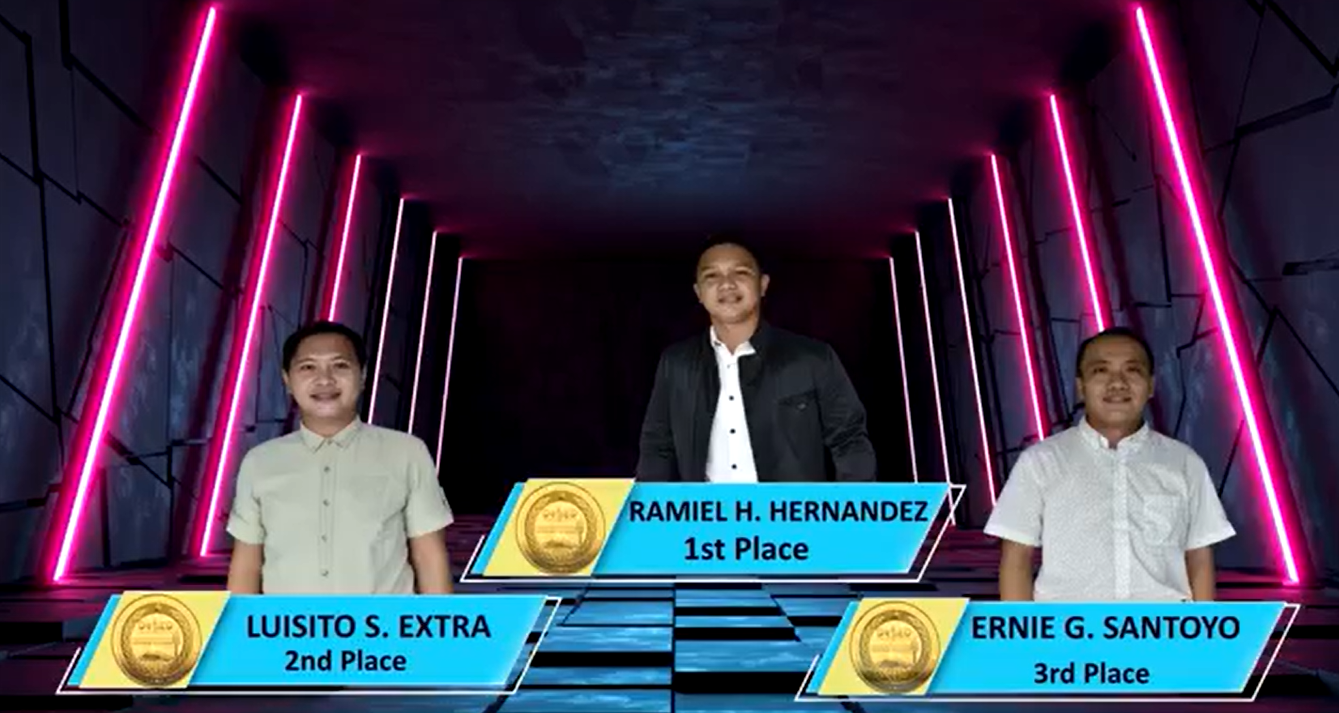
At present, I am the elected president of the Rosario National High School Faculty Association. As early as February 2022, our team led the preparation for the limited face-to-face class in April. Our stakeholders and local government partners responded positively and willingly. I believe that a tiny step like this—if taken regularly, may go a long way. This school year's path is challenging and hard, yet flexible enough to be repaired and loosened up for a better future for our students.
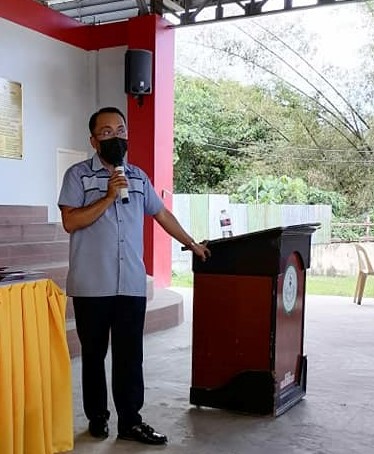
On another note, although we have a flexible schedule at work, it was rare to have a good talk with my colleagues when COVID-19 spiked for almost two years. As almost all transactions and discussions moved online, the need for faster internet connections and high-speed devices also heightened. The worry of contracting the coronavirus pervaded the intellectual and familial communities. New educational norms were developed, and schools worldwide utilized distant learning systems. The COVID-19 epidemic created a new battleground for everyone.
Our academic communities have resiliently adopted new methods and techniques to push through education continuity in the most logical learning mode. PNU devised and implemented flexible learning to help us graduate students complete our courses easily and pleasantly at home. Both instructors and students handled activities well, resulting in positive outcomes. GBF continued to provide the grant throughout this difficult period. Thus, the COVID-19 pandemic's severe impact was somehow reduced for us scholars.
Despite these hardships, the pandemic presented new amazing opportunities. It helped us become better critical thinkers and problem solvers. It made our community more creative and provided answers to particular health issues. Above all, it opened opportunities to demonstrate our shared obligation as a Filipino community. I saved money and donated it to my neediest pupils.
Beyond being a STEM Educator
My academic journey as a GBF Teach STEM scholar will be completed soon after I finish my thesis in the next school year 2022 – 2023. As I look forward to its completion, I see a new door of opportunity opening for me to give back, not only to my academic community but to those who need my help. All the training, seminars, and programs given by the GBF community to us are footholds for me to stand on my ground not only as a STEM teacher but as a servant leader.
When I first started the scholarship program, I had no idea it would be this meaningful and that all of my hardships, late nights, and sleepless nights would be transformed into a better version of myself in the future. As a STEM teacher, research and information technology are important avenues for me to bring out the best in my students. Being engaged in community service, following the servant leader in me, could create and open new possibilities for meaningful projects like opening a community-based learning center, tapping the LGUs, and helping out-of-school youth.
I hope and pray that STEM education grows in our country. As a GBF TeachSTEM scholar, I want to be one of its beacons, shining a light on my current and future STEM learners.
Ernie G. Santoyo
GBF TeachSTEM Scholar
MASE in Chemistry Student
PNU – Manila


